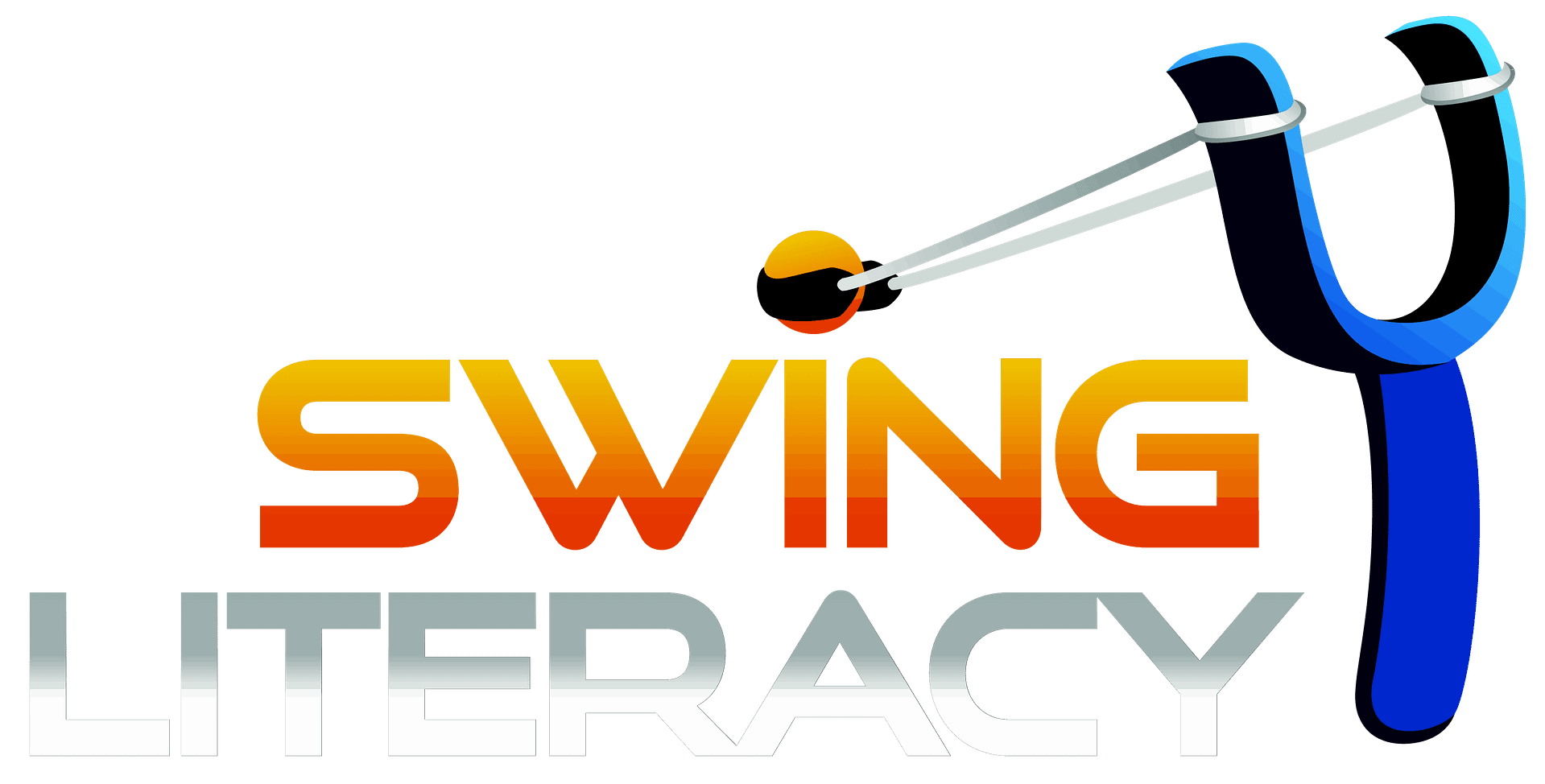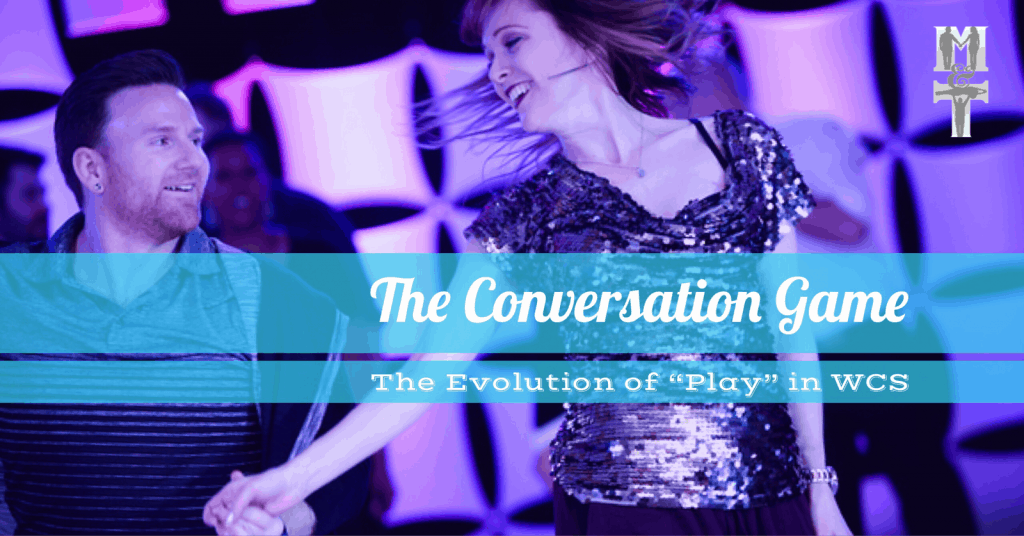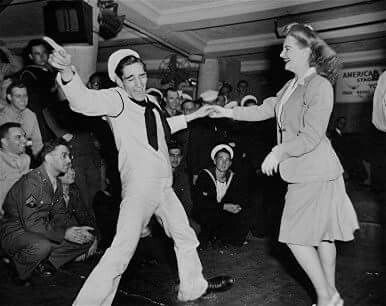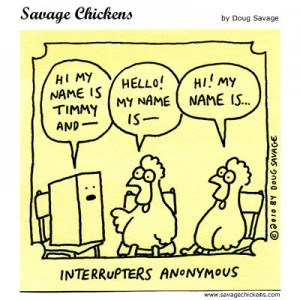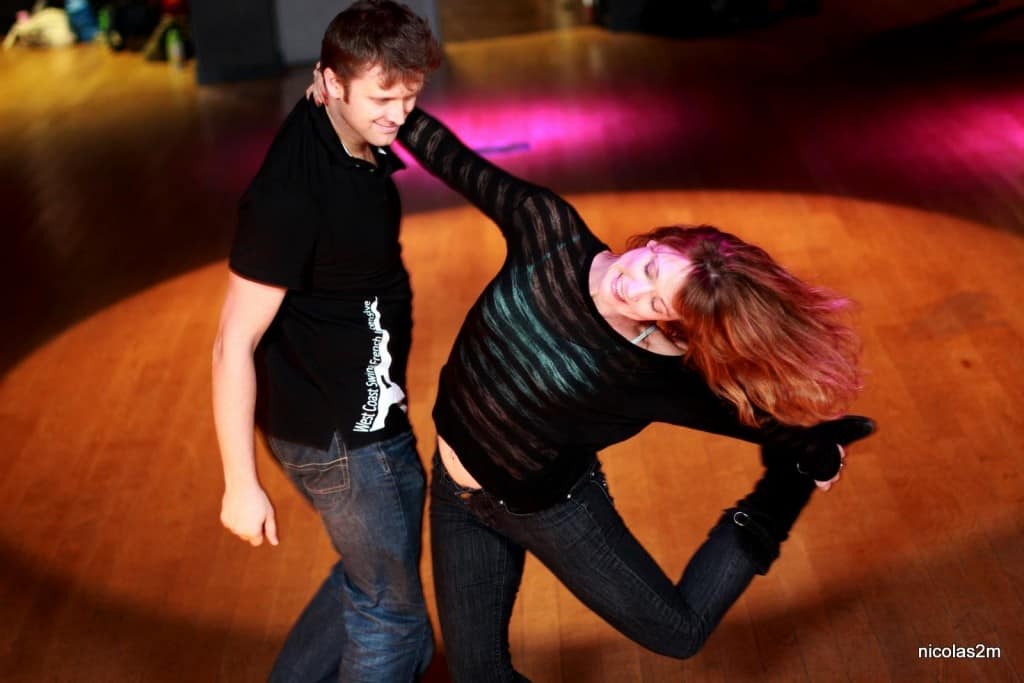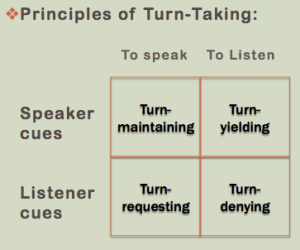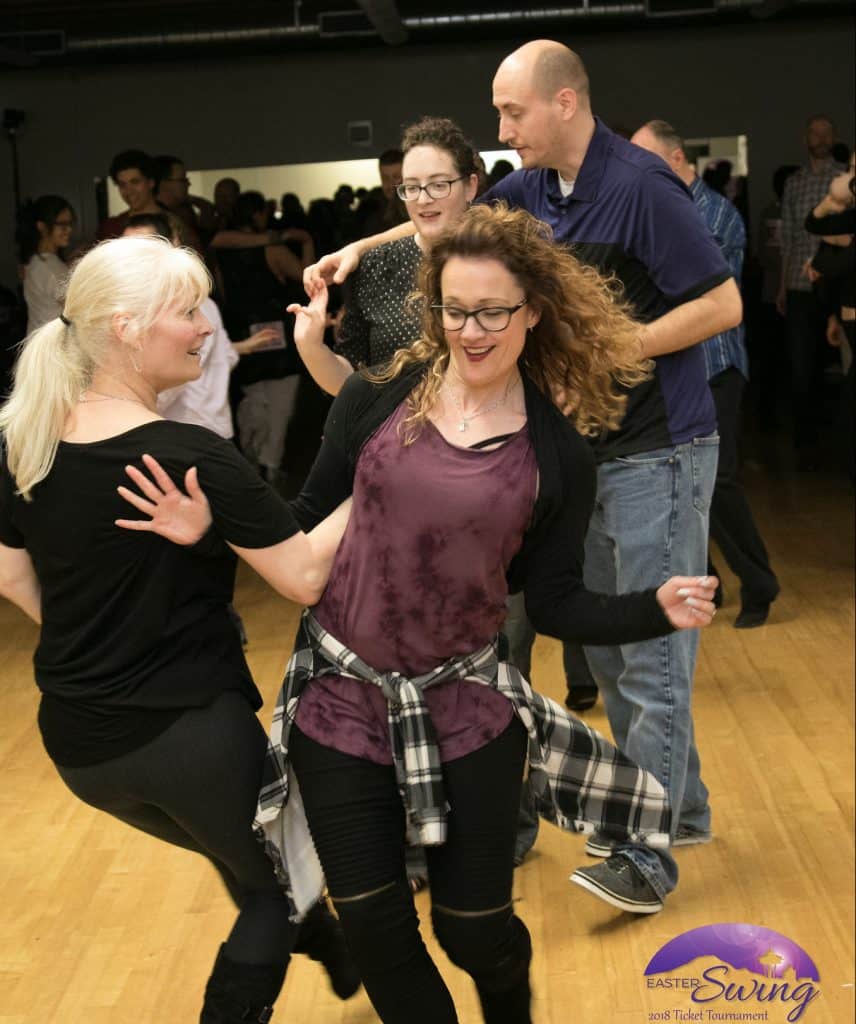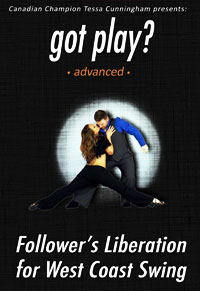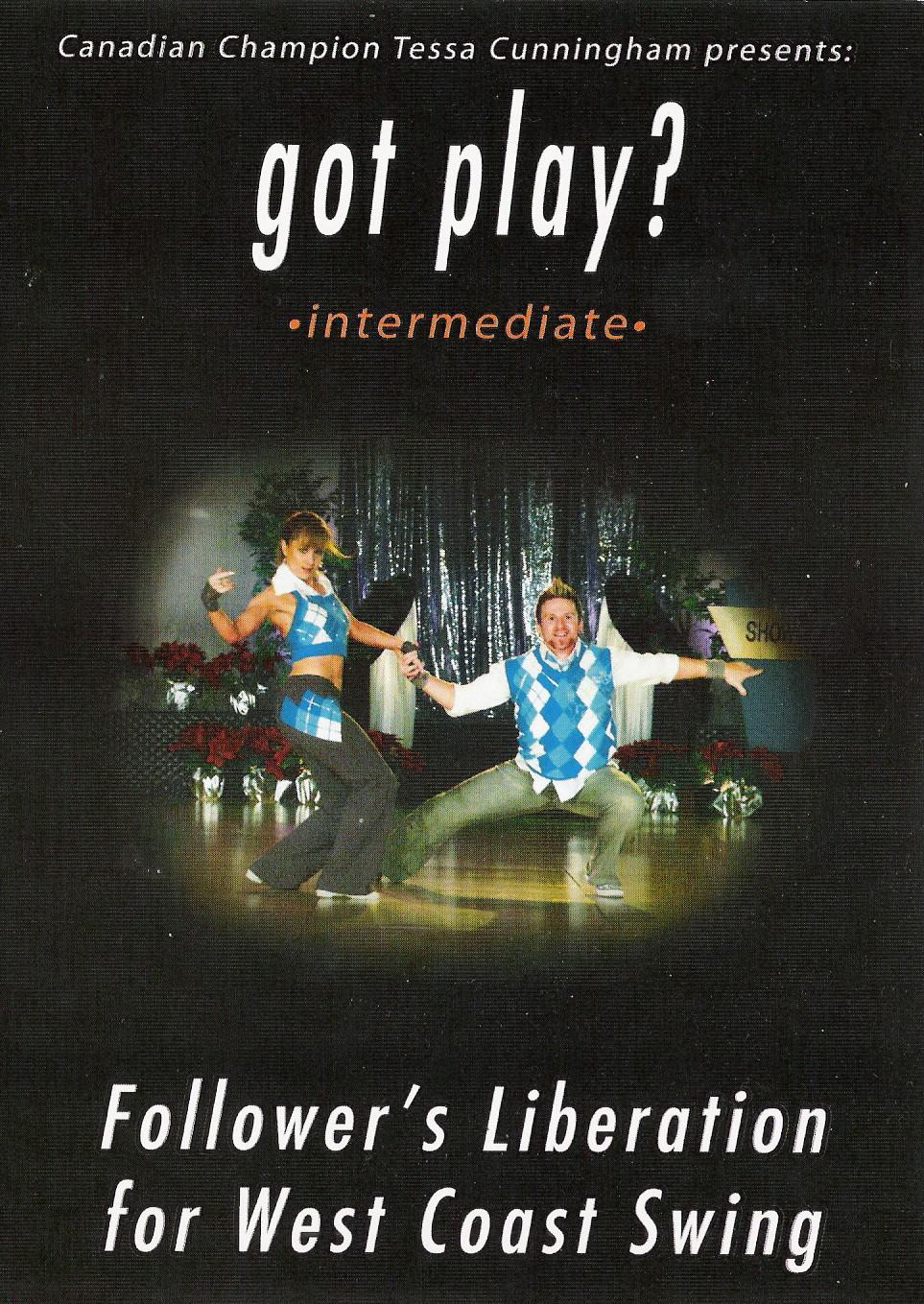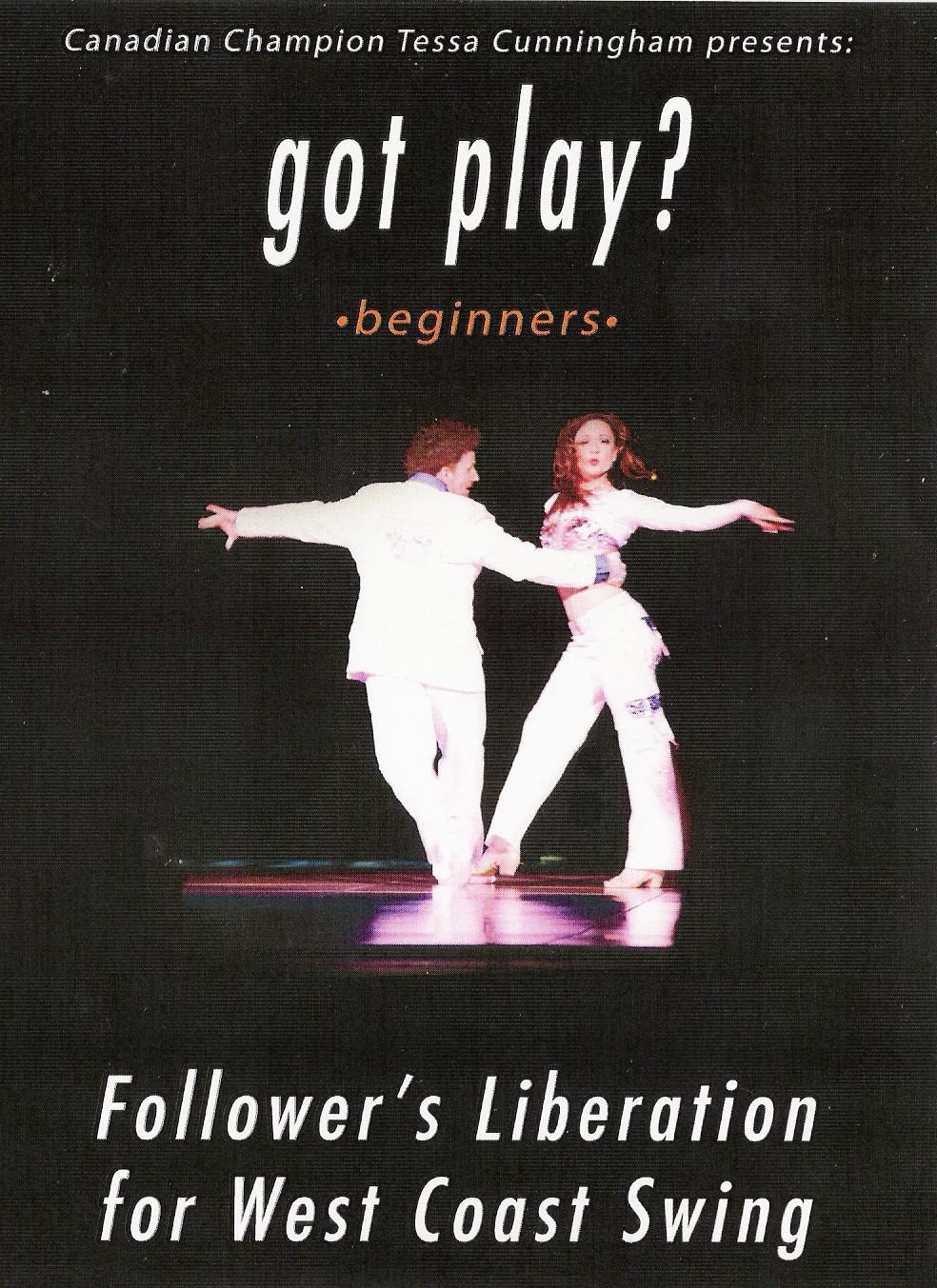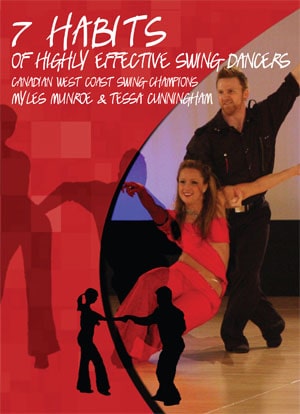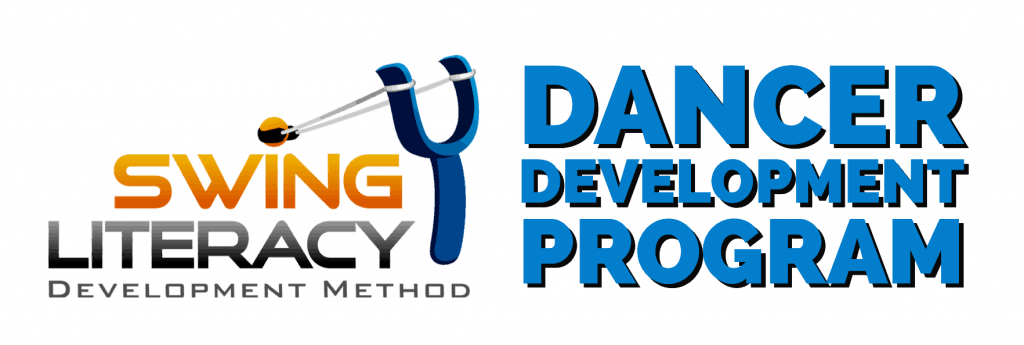No products in the cart.

How to sustain that post-event glow
Reading Time: minutes remaining
Did you have an amazing time at the event this weekend? Feeling blissfully “swungover” and basking in the afterglow of soul-filling social dancing, thrilling shows & contests, and brain-nourishing workshops?
It is inevitable that this afterglow will wear off after a while, just as any vacation effect wears off after coming back home.
But wouldn’t it be nice to hang on to this warm fuzzy feeling for longer? To sustain this level of inspiration and retain the new skills you just discovered?
Here are some tips to help you preserve it.
Within 24 hours post-event
1. Manage your self-care
catch up on sleep, have a shower, rehydrate, have some proper meals.
2. Reflect with friends
Go for dinner or breakfast with friends or have some chill time in the hotel room together. Chat about highlights from the weekend, including great conversations you had or any epiphanies you got from workshops. Reflection will help you process it all and make the experience more permanent in your memory.
3. Review your scores
(but this can wait till later): Remind yourself that scores don’t reflect who you are as a human, your value as a dancer, or the progress you have made. Be careful not to obsess over scores analysis, but a key piece of data to collect is which judges scored you high and which ones scored you low. It’s a good idea to reach out to these judges to get feedback, which will likely involve scheduling a private lesson with them online or in person when both of you have more time.
4. Reach out to connect with new friends
find them on social to establish a connection while your memory of each other is still fresh. This is also a good idea for setting up your next Strictly Swing date.
24-72 hours post-event
1. More self-care
schedule a massage, go grocery shopping, get back in your workout routine.
2. Show appreciation to loved ones
to any significant other/ kids/ pets you left behind for the weekend to fill your Swing soul.
3. If the event had a feedback form available, fill it out.
Don’t forget to include positives with the negatives.
4. Exchange videos
Get your friends to send you any videos they took of you, and send them any vides you took of them.
5. Make a gratitude post
This is a social media post where you basically “report” on your weekend, primarily for expressing gratitude to the event and (if applicable) your competition partners and coaches. This may or may not include a photo or video. Posts like these are VERY appreciated by the event because they act like casual testimonials. But they are also considered to be good sportsmanship to thank your partners and coaches for their role in your successes.
The other important role this plays is to inspire other local dancers to consider attending the event next year: if you had a great time at an event, don’t just mention it, rave about it! Let people know what benefits you enjoyed from the weekend so they feel the FOMO and get motivated to join in on the next one!
Consider creating a version of this to post specifically in your local community groups to help boost engagement in your community: You can report on all the fun that you and your “teammates” had, and at the same time, laud the results from the competitions: list all the placements (specific placements for finalists and routine divisions, and mention semi-finalists. Also be sure to give kudos to first-time competitors and thanks to those who played a supporting role such as the cheerleaders, table organizers, etc.
3-7 days post-event
1. Plan a practice session
with your partner or practice group to review/exchange the new material you learned from your workshops or private lessons from the weekend. If you want to retain your learning investment, take this seriously. This is how you’re going to leverage your own momentum to positively infect your community! Just remember that not all the learners in your community are going to be ready to learn the things you learned yet, so don’t overwhelm them. Need guidance on how to organize a practica? Check out this article.
2. Share more photos and videos
you collected the event as they become available.
Send them to your coaches for review and/or move them from your phone to cloud storage. Schedule a private lesson to review them.
Whenever posting them on social media, be sure to tag the event, your partners, and any relevant musical artists.
Share them with friends/colleagues you hope will become inspired to learn WCS. Remember to put competitions in context and explain that it's not required to compete, contests are improvised, and there are divisions for every level , from newbies to pros.
3. At the next local dance party
announce the competition results so your community can celebrate dancers’ achievements.
4. The next time you go social dancing, prepare to be disappointed
What?! Hear me out. The event you just came from had a more concentrated pool of dancers who were more keen on learning, competing, and partying than the average social dancer. But this was an abnormal demographic of enthusiasm. By comparison, your (very normal) local community is simply more diluted, so it’s important to manage your expectations.
Also keep in mind that you are now a different dancer than you were last week. You are wiser, more experienced, and more creative now. But local dancers who did not attend the event did not experience the same growth. They might feel “downgraded” to you now, but really what has happened is that you have “upgraded”. One of several factors could be at play:
- You have “caught up” a little, and suddenly local dancers seem much easier to dance with because you have improved your skills. Yay!
- You danced with so many higher level dancers this weekend who were elevating you, you kinda got spoiled and have to remember that in a healthy dance ecosystem, you have to pay this forward too.
- Your weekend growth has widened the gap between you and some other local dancers and you wish that more of them could learn the skills you learned. This means it’s time for you to take some leadership:
5. Meet up with other local community leaders or other dancers from your community who attended the event.
Brainstorm ideas on how you can work together to bring some of the education to your local dancers. This might look like reaching out to a pro whose workshop you enjoyed and inviting them to come in to teach for a weekend of workshops. If there’s already an established organization who offers workshops regularly, simply make this request to the workshop organizers.
Time is of the essence! The actions you take in the first week after the event will directly impact the long-term potential of the growth and enthusiasm it generated. If you want to sustain this afterglow and leverage it into a growth spiral in your community and your own growth, take action on these as soon as possible!
Did you enjoy this article? Pass it on to dance friends or share it in your local community or event page!
Got any suggestions of things to say that worked for you? Leave a comment below!
